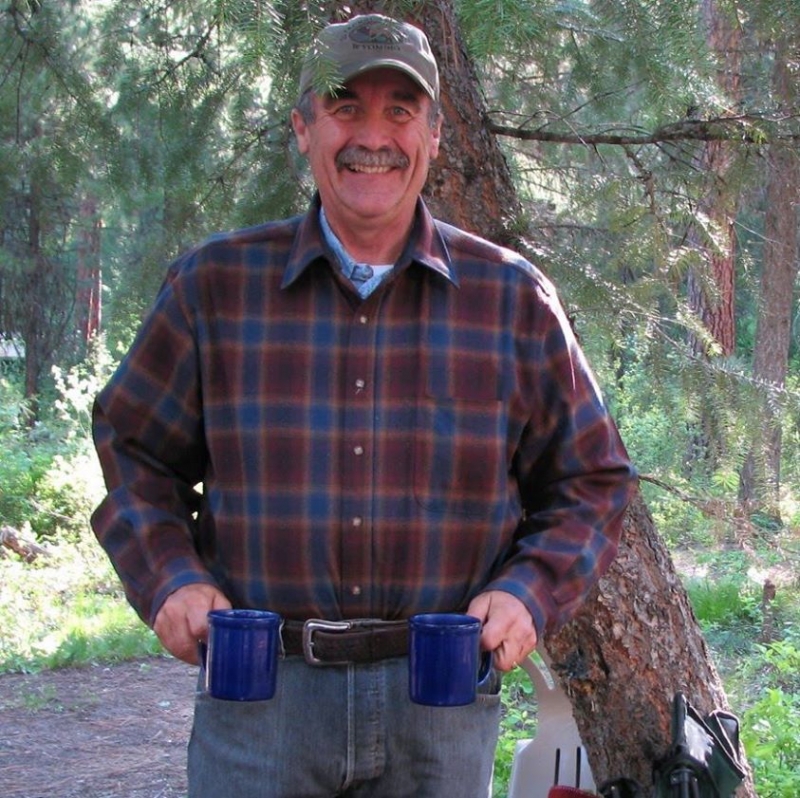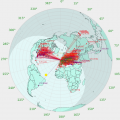KA7U
About
- Username
- KA7U
- Joined
- Visits
- 3,402
- Last Active
- Roles
- Member
- Points
- 3
-
QSL Cards
RNZI was kind to send me a couple of email QSL cards!
eQSL web form for RNZI is: https://www.radionz.co.nz/international/qsl/new
Ron - KA7U

-
LZ1AQ LNA and a 1.2 meter copper loop antenna.
Alain,
I have the commercial version LZ1AQ. It is not currently in service, but it works much like yours on a 120cm diameter x 1" copper pipe loop. I do not have LW broadcast stations, so MW are the ones that overload my antenna here. Generally, if the signal is less than -25dBm on the KiwiSDR spectrum scale, then it does not overload the KiwiSDR. I did not see the OV light on your station so I don't think you are not having overload, at least not at this time. Idid have the noise you are seeing above 9MHz. I changed the balun/power inserting board to one of my own, and the noise was greatly reduced, so I boxed that commercial balun board. Looking at it again, I wonder if it would benefit with more turns, like 14x10 for a 2:1 ratio. It might be worth a try.I notice spurs in the 20 MHz regions that are outstanding. These spurs seem to be produced by our networks and KiwiSDR network connection contributes to them. It was found by Nick W1NJC that setting the KiwiSDR to 10 base T speeds reduced the amplitude of these spurs. We did this with these software modifications:
213 apt-get install ethtool
220 vi /etc/rc.local
#!/bin/sh -e
#
# rc.local
#
# This script is executed at the end of each multiuser runlevel.
# Make sure that the script will "exit 0" on success or any other
# value on error.
#
# In order to enable or disable this script just change the execution
# bits.
#
# By default this script does nothing.
ethtool -s eth0 speed 10 duplex full
exit 0
221 reboot
If it works for you, the 60 KHz spaced spurs will be reduced. We also decided that the spurs are picked up by the antenna, so moving the antenna far away from the network and household noise sources was a great help. In my case 250 feet did reduce interference greatly.
I am using a DIY version of LZ1AQ amplifier and changed transistors to 2N5109 which were pair matched for hfe and the bias on each pair was checked for same voltage, thus improving the differential effect attenuating common mode noise. The commercial version has more gain, a higher noise floor, but I think better sensitivity from VLF on up, so even though the noise floor is higher, I think the SNR is generally better, but this is just an impression, I haven't worked it enough to know. Seems I've spent so much time working other noise problems that I haven't got around to critically comparing the amps. My DIY LZ1AQ amp lives at:
http://ka7u.no-ip.org:8074
Ron
KA7U -
TDoA Successes
-
Antenna Choices
The W6LVP antenna running on http://ka7u.us.no-ip.org:8074 is doing almost as good a job as the 210' G5RV dipole. The dipole gets down to 15KHz whereas the W6LVP gets down to 60KHz. Generally the G5RV provides better S/N ratios up to 14MHz and the W6LVP does better above 14MHz. This is not a rule though, merely a perception based on observation since it has been up. At any given time either antenna might seem better than the other on a given frequency.The result for me is that the small footprint W6LVP Magnetic Loop provides almost as good a signal to the KiwiSDR as the very large footprint G5RV. In my mind this makes the W6LVP the more desirable antenna for aesthetic reasons and still provides excellent 60KHz through 30MHz reception.Nice little antenna.RonKA7U -
A handy tool for freq lookup





